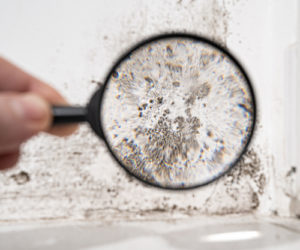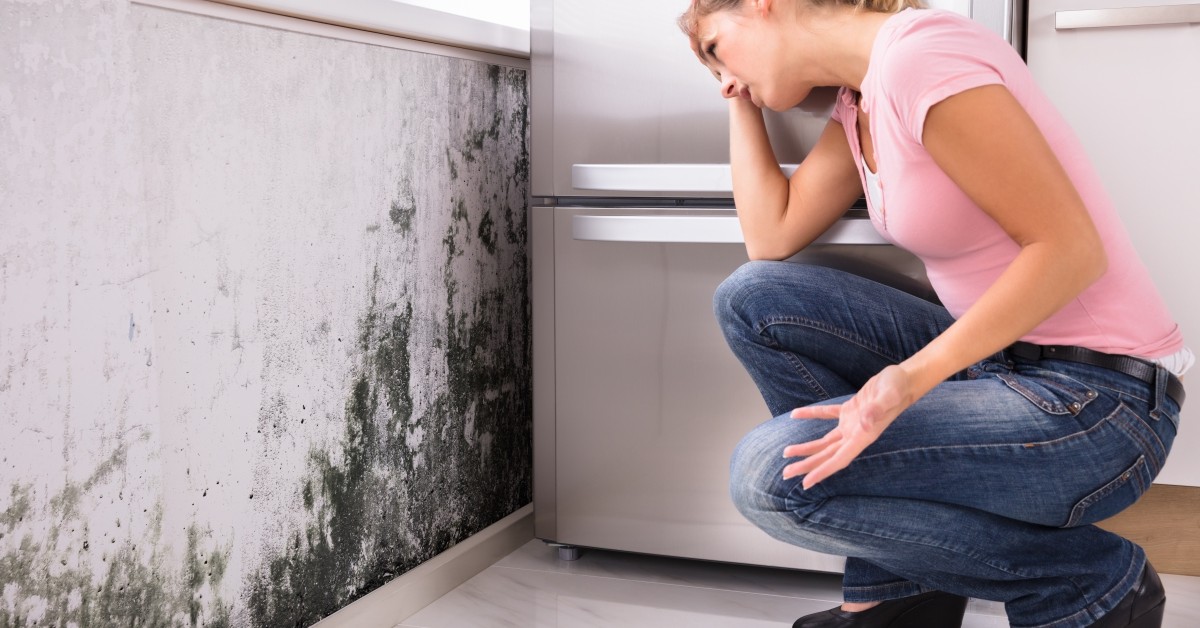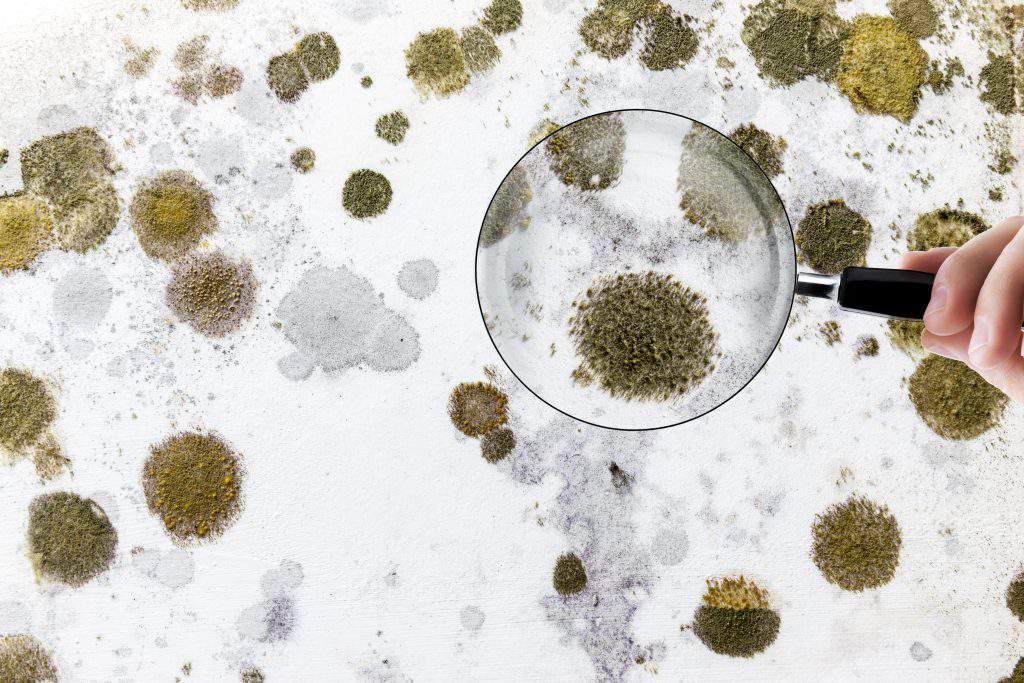Your Ultimate Overview to Article Mold Remediation Techniques
In the results of mold and mildew invasion, understanding how to successfully get rid of the mold and stop its reoccurrence is extremely important for preserving a healthy indoor setting. From choosing the ideal cleaning and sanitizing approaches to implementing techniques for long-lasting mold prevention, each step in the removal journey plays a critical role in guaranteeing an effective outcome.
Understanding Post-Mold Removal Refine
After completing the mold removal process, it is important to comprehend the post-mold remediation strategies that are required to make sure a efficient and detailed cleaning. As soon as the mold has been gotten rid of, the next step involves cleaning and decontaminating the impacted locations to stop any type of regrowth of mold and mildew. This includes making use of specialized cleansing representatives to clean down surfaces and eliminate any kind of remaining mold and mildew spores. It is important to dry the location entirely to prevent the development of mold and mildew in the future (After mold remediation). Appropriate ventilation and dehumidification can assist in this procedure.
Additionally, performing a last examination post-remediation is crucial to ensure that all mold and mildew has actually been effectively gotten rid of. This examination should entail a thorough aesthetic check in addition to possibly air sampling to validate the absence of mold and mildew spores in the air. Added remediation may be necessary if the examination reveals any sticking around mold. Lastly, informing owners on safety nets such as regulating wetness degrees and quickly addressing any kind of water leaks can assist maintain a mold-free setting.
Effective Cleaning and Decontaminating Methods

Avoiding Future Mold And Mildew Development

Significance of Proper Air Flow
Appropriate air check my reference flow plays a crucial function in stopping moisture build-up, a vital consider mold and mildew development within interior atmospheres. Reliable air flow systems help get rid of excess humidity from the air, decreasing the opportunities of mold and mildew spores finding the moisture they need to spread out and germinate. Without sufficient ventilation, indoor areas can become a breeding place for mold, causing potential wellness risks and structural damage.
By ensuring correct air circulation, air flow systems can likewise aid in drying out moist areas quicker after water damages or flooding events, additionally discouraging mold and mildew growth. After mold remediation. Precede like restrooms, cellars, kitchens, and attic rooms where dampness degrees often tend to be greater, setting up and preserving efficient air flow systems is crucial in protecting against mold infestations

Tracking and Maintenance Tips
Provided the crucial duty that appropriate ventilation plays in protecting against mold view publisher site growth, it is vital to establish effective monitoring and upkeep suggestions to make sure the continued functionality of ventilation systems. Normal examinations of air flow systems must be carried out to look for any indications of clogs, leaks, or malfunctions that might hinder proper air movement. Surveillance moisture levels within the residential or commercial property is additionally important, as high moisture can contribute to mold development. Setting up a hygrometer can aid track humidity degrees and alert house owners to any kind of spikes that may need focus. Furthermore, ensuring that air filters are regularly cleaned or replaced is important for maintaining the efficiency of the air flow system. Implementing a timetable for regular upkeep tasks, such as duct cleaning and heating and cooling system inspections, can assist avoid issues before they rise. By remaining proactive and conscientious to the problem of ventilation systems, homeowner can successfully reduce the danger of mold regrowth and keep a healthy and balanced interior environment.
Conclusion
In final thought, post-mold remediation methods are crucial for ensuring a safe and clean environment. Recognizing the procedure, executing efficient cleansing and decontaminating techniques, avoiding future mold growth, maintaining appropriate ventilation, and routine surveillance are all essential action More hints in the removal procedure. By adhering to these standards, you can successfully get rid of mold and avoid its return, working or advertising a healthy and balanced living area for all passengers.
In the aftermath of mold and mildew infestation, knowing exactly how to efficiently eradicate the mold and avoid its reoccurrence is extremely important for keeping a healthy and balanced indoor atmosphere. As soon as the mold and mildew has been gotten rid of, the following step includes cleansing and disinfecting the influenced areas to prevent any regrowth of mold - After mold remediation. After removing noticeable mold development, it is crucial to clean all surfaces in the afflicted location to get rid of any type of continuing to be mold spores. To further improve mold avoidance procedures, it is vital to address underlying concerns that at first led to mold growth.Offered the critical duty that proper air flow plays in stopping mold development, it is crucial to develop effective monitoring and upkeep ideas to make sure the continued performance of air flow systems